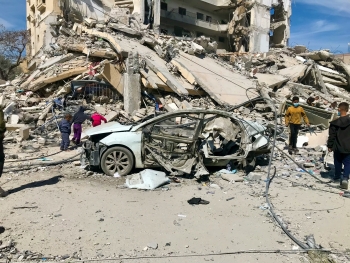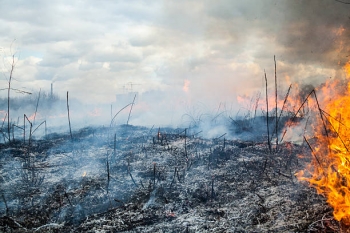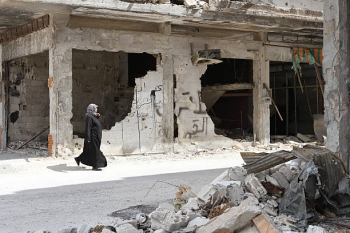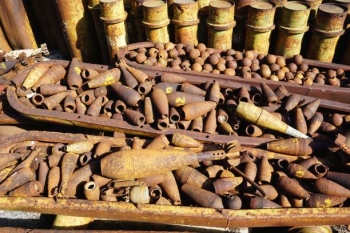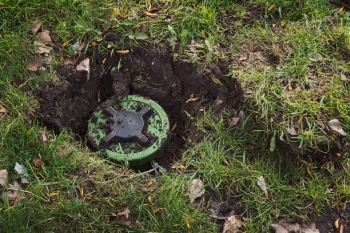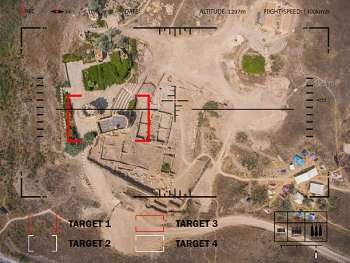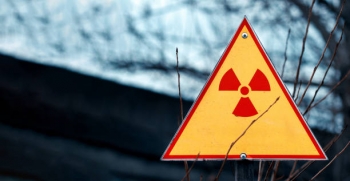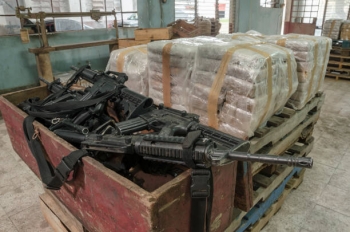Humanitarian Disarmament
Humanitarian Disarmament is a people-centered approach which focuses on preventing and remediating human suffering and environmental harm from problematic weapons, especially through the development of international norms. Humanitarian Disarmament promotes better regulation and the prohibition of indiscriminate weapons, which by their nature or use cannot differentiate between civilians and military personnel. These include antipersonnel landmines, cluster munitions, nuclear weapons, incendiary weapons, the use of explosive weapons in densely populated areas, armed drones and the so-called “killer robots''. Thus, Humanitarian Disarmament focuses on the human suffering rather than advancing national security interests. In addition to banning a specific type of weapon, Humanitarian Disarmament aims to control the arms trade, oblige States Parties to eliminate stockpiles, and require the provision of Victim Assistance and the clearance of contaminated land.
In contrast to traditional disarmament, Humanitarian Disarmament activities are driven by civil society and involve close collaboration among states and international organizations such as the United Nations (UN) agencies and the International Committee of the Red Cross (ICRC).
Humanitarian Disarmament approach often lead to the adoption of new international humanitarian laws, shifting the international discourse form state security to civil-society protection. Furthermore, these campaigns may also foster political commitment on the part of governmental actors and implementation of existing treaties such as the 1997 Mine Ban Treaty, which marks the beginning of this humanitarian approach to disarmament. Among the latest Humanitarian Disarmament’s accomplishments we can find the Convention on Cluster Munitions in 2008 and the Treaty on the Prohibition of Nuclear Weapons which has entered into force on 22 january 2021.
Humanitarian Disarmament approach often lead to the adoption of new international humanitarian laws, shifting the international discourse form state security to civil-society protection. Furthermore, these campaigns may also foster political commitment on the part of governmental actors and implementation of existing treaties such as the 1997 Mine Ban Treaty, which marks the beginning of this humanitarian approach to disarmament. Among the latest Humanitarian Disarmament’s accomplishments we can find the Convention on Cluster Munitions in 2008 and the Treaty on the Prohibition of Nuclear Weapons which has entered into force on 22 january 2021.
2016 Copyright L'Osservatorio. All rights reserved
Website by www.sitiwebegrafica.it



